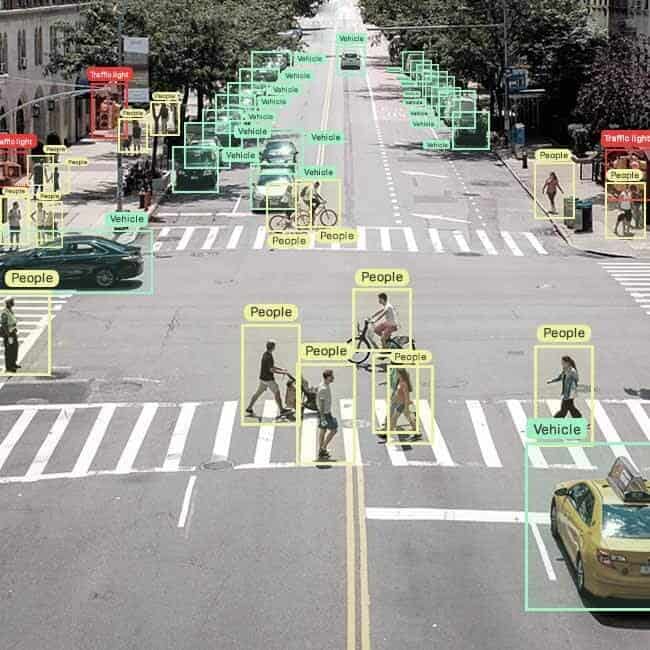Businesses across all industries, in our data-driven society, rely on artificial intelligence (AI) as well as machine learning (ML) to draw important insights from huge quantities of data. Image annotation is an essential computer vision technique that plays a essential role in making images data accessible. In this article, we delves into the realm of image annotation and examine the importance of image annotation tools as well as software and solutions to maximize the benefits of decision-making based on data.

Image annotation is a method that involves labeling or marking images with metadata. This allows computers to understand and interpret information from visual images with precision. Image annotation lets models to recognize objects, patterns and other attributes in images by introducing annotations such as bounding boxes or polygons. This method bridges raw image data, and real-time insights. This opens the door to applications in a wide range of fields including autonomous vehicles and medical imaging.
In order to simplify the image annotation process, a broad variety of tools for annotation have been designed. These tools have intuitive interfaces that enable annotators to mark areas of interest within images seamlessly. They offer a broad range of annotation features and customization options to fit various data requirements. Image annotation tools come with a variety of tools, beginning with drawing tools that are basic to automatic suggestions as well as advanced recognition of shapes. They increase the precision and effectiveness of annotation and enable annotators to perform their work efficiently and quickly.
Image annotation tools takes the annotation process to the next level by incorporating automation and collaboration features. The software applications use ML algorithms to automatize the annotation process, cutting down on the manual work and increasing the speed of annotation. Annotation software is able to accelerate the process of labeling by employing techniques such as active learning as well as transfer learning.
The software that allows annotations permits seamless collaboration amongst multiple annotators. It allows for real-time communication including annotation versioning, comments and annotation and also creates the environment for collaboration. This approach is collaborative and improves the quality of annotations, but also allows sharing of information and ensures uniformity between annotations.
When choosing an image annotation program, there are a variety of factors to be considered. The solution should be able to satisfy the needs of your project. This is a consideration for the type of annotations required (e.g. bounding boxes and keypoints) along with the degree of complexity and scalability.
The flexibility and adaptability of the solution are essential. An effective annotation system must be able of customizing annotation workflows and integrate with existing data management software. It must also be compatible with different data formats. This adaptability allows the annotation solution to seamlessly integrate with workflows and pipelines that are already in place to increase productivity overall.
The quality of the annotations made by the solution is also something that should be evaluated. Quality control methods are employed by reliable image annotation software to ensure consistent and accurate labeling. These can be used to ensure annotator validation and feedback loops that run continuously between annotators.
The effect of image annotation extends beyond the annotation process itself. Companies can enhance the value of data through the use of image annotating tools, solutions and software. The accuracy of annotations is crucial to the creation and the training of ML models with greater reliability and accuracy. These models can later be applied to various tasks like image classification, object recognition, and anomaly detection.
Furthermore, annotation of images facilitates data-driven decision-making through providing deep and meaningful insights from images. In the healthcare industry medical images that are annotated with annotations may help diagnose ailments, spot abnormalities or determine the best treatments. In ecommerce, image annotations assist in recommending products images, image search, and visual marketing strategies.
Through unlocking this invaluable asset, the use of image annotating with data sciences has revolutionized how we work. It speeds up data analysis, uncover hidden relationships, and drive real-time insight. With the help of image annotation, organizations can streamline their processes, go to market faster, reduce costs and gain an competitive edge. By focusing on the ability of images to show concepts that are simpler to comprehend than abstract figures well-annotated images improve the accessibility of data and usability for stakeholders across any organization. When used properly images can be powerful in transforming data into actionable data and maximizing its utility in all sorts of applications.